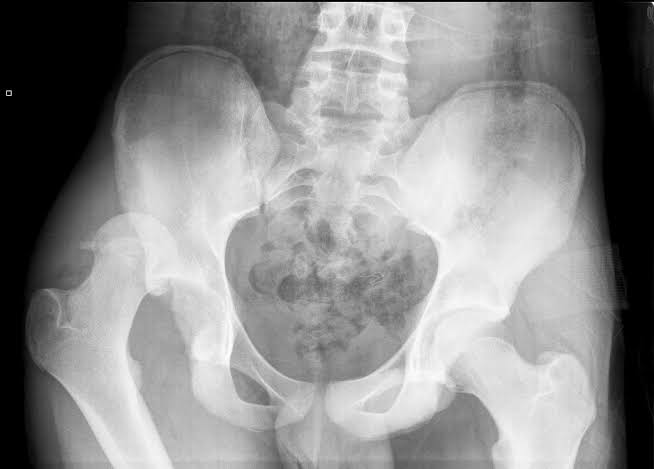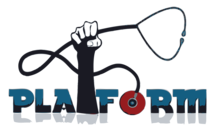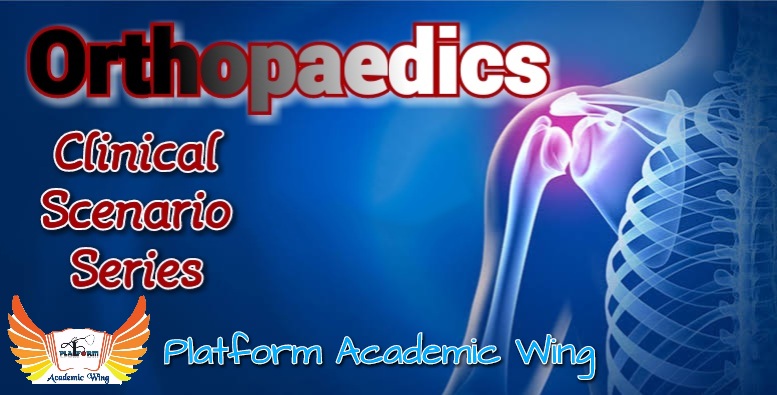Q1. An adult patient presents to you with history of Road Traffic Accident (dash board injury) with flexion, adduction & internal rotation of lower limb. [CU-16Ju]
a) What is your diagnosis?
b) How can you confirm your diagnosis?
c) Mention in brief the management of such case.
Answer:
a) Diagnosis: Posterior dislocation of hip joint.
b) Confirmation of diagnosis: X-ray pelvis including both hip joints.

c) Management: Please write from above discussion (According to ATLS guideline).
– Closed reduction under general anaesthesia
– followed by external traction postoperatively for 6 weeks
– Starting of active movement as soon as pain subsides
– After 4 weeks, non weight bearing walking
– After 12 weeks, weight bearing walking.
Q2. A football player during a match sustained injury at his knee, failed to extend his knee joint.
This has been swollen. What possible structures could be injured? How will you investigate him? [DU-17J]
Answer:
★ Ankle sprain: It is a common medical condition where one or more of the ligaments of the ankle is torn or
partially torn.
► Sprains to the lateral aspect of the ankle account for 85% of ankle sprains.
★ Structures involved:
>> In an inversion sprain, the Anterior Talofibular ligament (ATFL) is the most
commonly injured. Ligaments in the ankle are named according to the bones to which they
connect.
> In a severe ankle sprain another ligament called the calcaneofibular ligament (CFL) may also
be damaged.
Causes: During playing, walking with high heel shoe, road traffic accident etc. TAR
★ Clinical features:
> Symptoms:
1) Constant pain.
2) Swelling,
3) Difficulty in walking.
Q3. A young athlete gives the history of a sensation of being kicked behind the ankle while playing sport. [RU-17J,15J]
a) Suspect the clinical diagnosis.
b) Mention the diagnostic features and name the treatment options.
Answer:
a) Clinical diagnosis: Ankle sprain.
b) Diagnostic features: Please write from above discussion.
Treatment options: Please write from above discussion.

